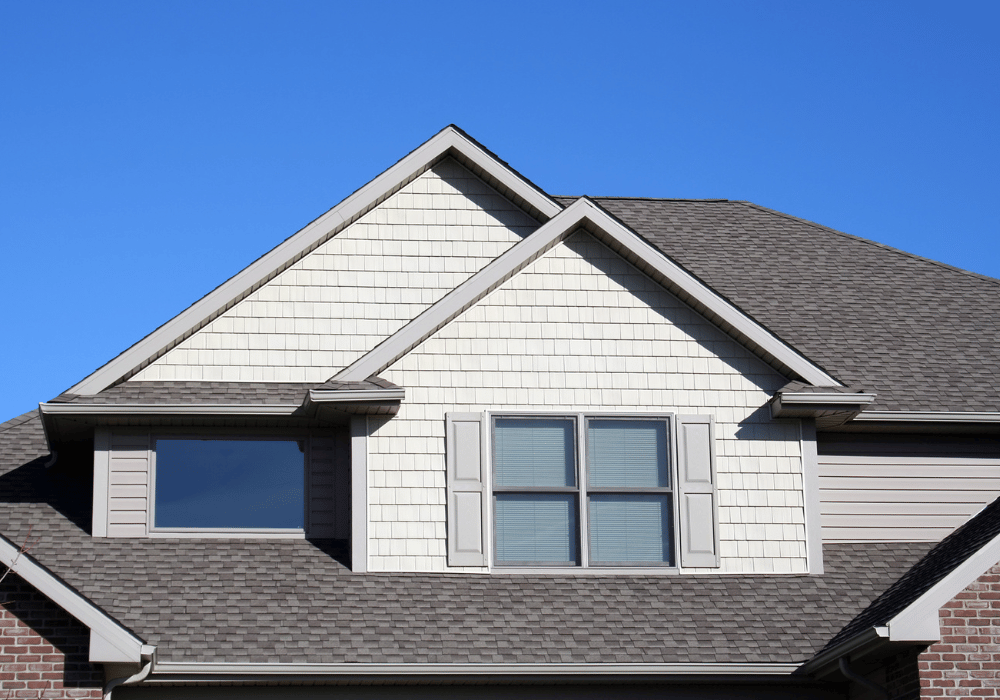When it comes to making your home more eco-friendly, your Etobicoke roof might not be the first place you think of. However, roofing plays a crucial role in sustainability, energy efficiency, and minimizing your environmental footprint. Whether you’re building a new home or replacing an old roof, choosing environmentally-friendly roofing options can benefit both the planet and your wallet.
Not sure where to start? Here’s a comprehensive guide to sustainable roofing options that will help you make the best choice for your home and the environment.
Why Choose Eco-Friendly Roofing?
Before we explore the options, let’s take a look at why eco-friendly roofing matters.
1. Energy Efficiency
Sustainable roofing materials often have insulating properties or reflective surfaces that help regulate indoor temperatures. This can significantly reduce your reliance on heating and cooling systems, leading to lower energy bills.
2. Reduced Waste
Traditional roofing materials like asphalt shingles often end up in landfills after 20–30 years. Eco-friendly options last longer or are recyclable, minimizing waste.
3. Lower Carbon Footprint
By using renewable materials or roofs designed to support solar energy systems, you can directly reduce your home’s carbon emissions.
4. Stormwater Management
Certain environmentally-friendly roofing options, like green roofs, absorb rainwater instead of letting it flow into city drainage systems, which helps prevent water pollution and flooding.
Now that you know why it’s worth investing in environmentally-friendly options, let’s explore the best sustainable roofing materials available.
Top Environmentally-Friendly Roofing Options
1. Metal Roofs
Why they’re eco-friendly:
Metal roofing is one of the most sustainable options available today. It’s made from recycled materials, and at the end of its long lifespan (up to 70 years), it can be recycled again.
Additional benefits:
- Reflects sunlight, keeping your home cooler in hot weather.
- Durable and low maintenance.
- Available in various styles to complement your home’s aesthetic.
Ideal for:
Homeowners looking for a long-lasting and recyclable roofing material.
2. Recycled Shingles
Why they’re eco-friendly:
Made from used materials like plastic waste, wood fibers, or rubber, recycled shingles keep tons of waste out of landfills.
Additional benefits:
- Mimic the look of traditional shingles but are far more durable.
- Require less frequent replacements compared to asphalt shingles.
- Affordable compared to other eco-friendly options.
Ideal for:
Budget-conscious homeowners who want a sustainable yet familiar-looking roof.
3. Solar Roofing
Why they’re eco-friendly:
Solar panels or solar shingles generate clean, renewable energy directly from the sun, reducing or even eliminating your reliance on fossil fuels for electricity.
Additional benefits:
- Significant cost savings on energy bills over time.
- Federal and state incentives may be available for installations.
- Adds resale value to your home.
Ideal for:
Homeowners wanting to combine roofing with energy generation.
4. Green Roofs (Living Roofs)
Why they’re eco-friendly:
A green roof features a layer of vegetation planted over a waterproof membrane. It’s a cutting-edge way to blend nature with architecture.
Additional benefits:
- Absorbs carbon dioxide and releases oxygen into the air.
- Improves insulation, lowering heating and cooling costs.
- Absorbs rainwater to reduce runoff and support local ecosystems.
Ideal for:
Urban or flat-roof homes and anyone passionate about reducing their carbon footprint.
5. Clay and Slate Tiles
Why they’re eco-friendly:
Both clay and slate are natural, abundant materials with extremely long lifespans—50 to over 100 years.
Additional benefits:
- Highly durable against extreme weather.
- Natural insulators, helping regulate indoor temperature.
- Completely recyclable at the end of their lifespan.
Ideal for:
Homeowners seeking a classic, elegant look that stands the test of time.
6. Cool Roofs
Why they’re eco-friendly:
Cool roofs are designed with reflective materials to reflect more sunlight and absorb less heat. This helps keep your home cooler and reduces the urban heat island effect.
Additional benefits:
- Works well in hot climates where cooling costs are high.
- Made with materials like reflective coatings, tiles, or light-colored paints.
Ideal for:
Homeowners in hot and sunny regions.
Factors to Consider When Choosing an Eco-Friendly Roof
Choosing the right eco-friendly roof isn’t just about the material—it’s about what works for your home, lifestyle, and location. Here are some key factors to keep in mind:
- Budget: Some materials, like green roofs and slate tiles, come with higher upfront costs but deliver long-term sustainability and savings. Assess how much you’re willing to invest.
- Climate: Your local climate will influence the materials best suited for your home. For example, cool roofs work well in hot areas, while metal roofs excel in regions prone to heavy rain or snow.
- Aesthetic: Ensure the material complements your home’s style and architecture.
- Lifespan: Look for long-lasting materials to reduce replacements and waste.
- Maintenance: Not all eco-friendly roofs require the same level of upkeep. For instance, green roofs need regular maintenance, while metal roofs are low maintenance.
Switching to an environmentally-friendly roof is a smart choice that benefits your home, the planet, and your wallet. With options like metal roofs, solar panels, green roofs, and recycled shingles, there’s a sustainable solution for every budget and aesthetic.
By choosing an environmentally-friendly roofing option, you’re doing more than protecting your home—you’re taking a meaningful step toward a more sustainable future for everyone.

